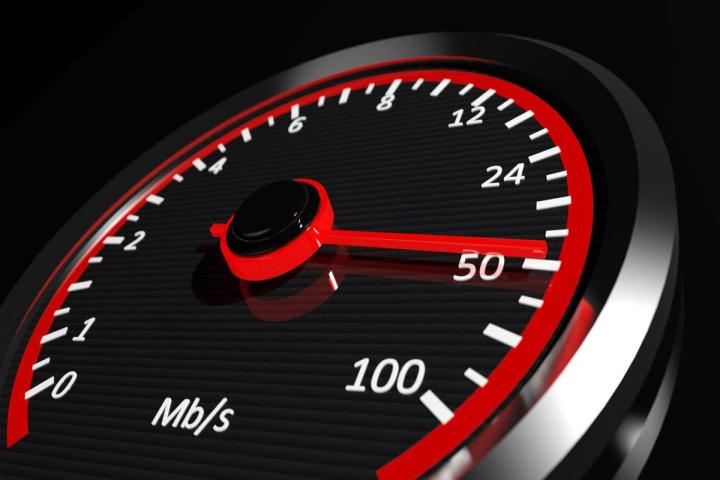
What’s troubling, though, is that less than eight percent can choose between two ISPs capable of offering 100Mbps. And a measly 0.9 percent have three very-high-speed options at their disposal. Hence, the steep prices that often drive people into the arms of slower DSL providers.
Speaking of slow, a tad over two percent of Americans can’t even download content at three megabits per second, which is the current basic broadband standard according to the FFC (and that will soon to be upped to 10Mbps). There are still people without access to “broadband” Internet of any sort.
On the bright side, choice is common in the low-speed Internet provider market, with at least a couple of three megabit services available to 88.3 percent of Americans. 56.2 percent live in an area covered by at least three such ISPs.
At the other end of the scale, gigabit Internet remains a Utopian fantasy for a huge chunk of the country – 97.4 percent. Needless to say the lucky 2.6 percent have little choice between providers, as competition in the gigabit market is virtually nonexistent. Google Fiber and AT&T GigaPower can’t spread soon enough, eh, speed junkies?


